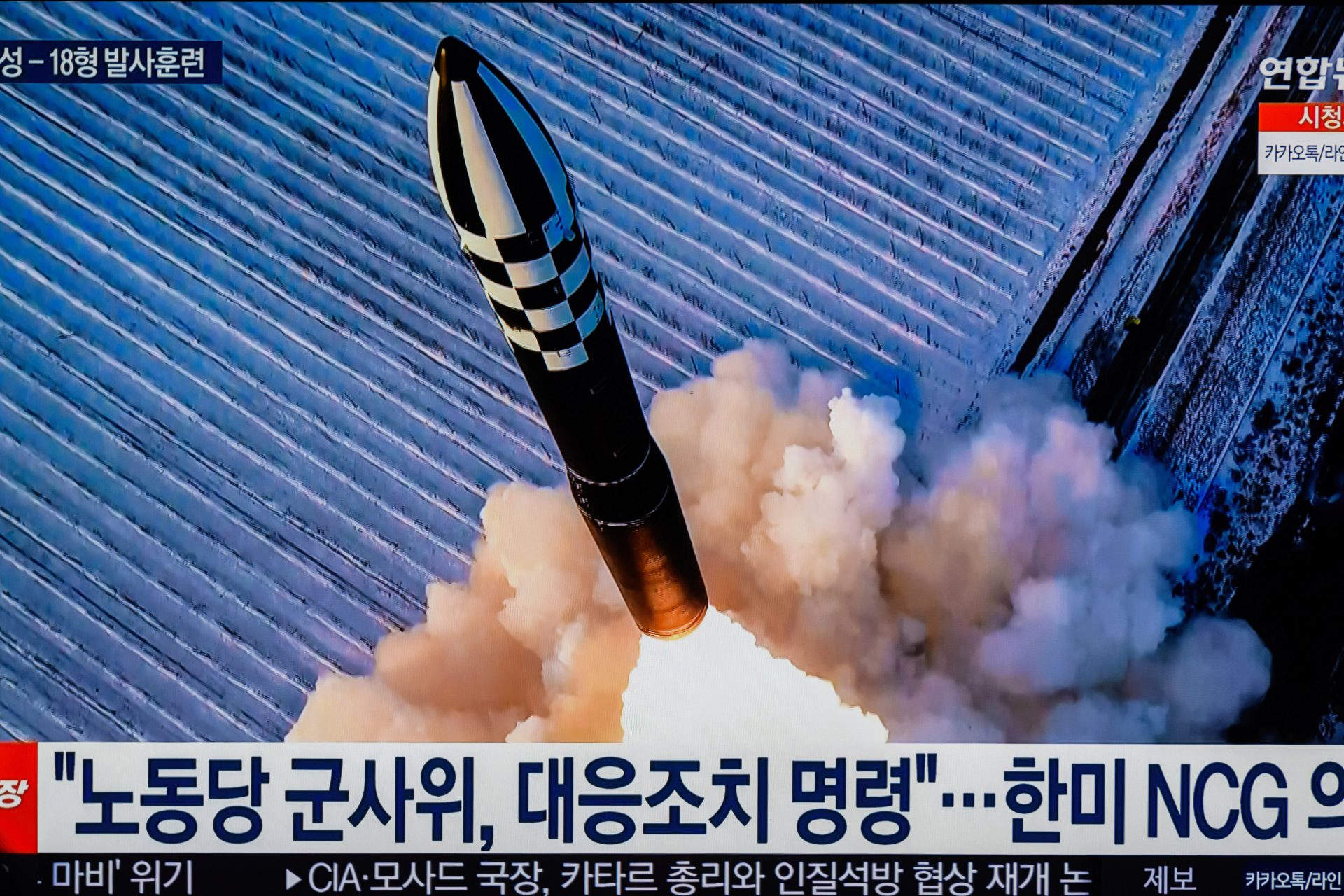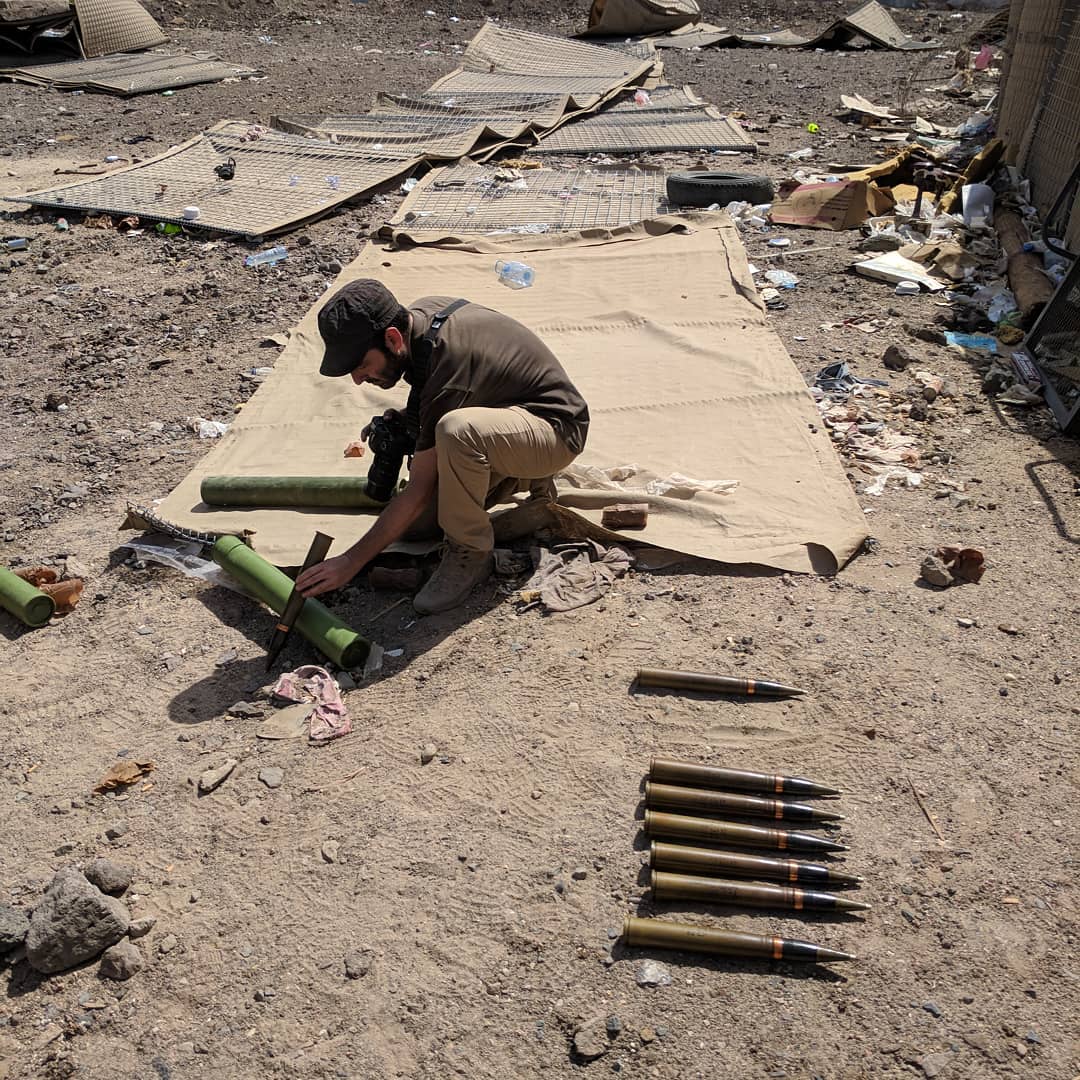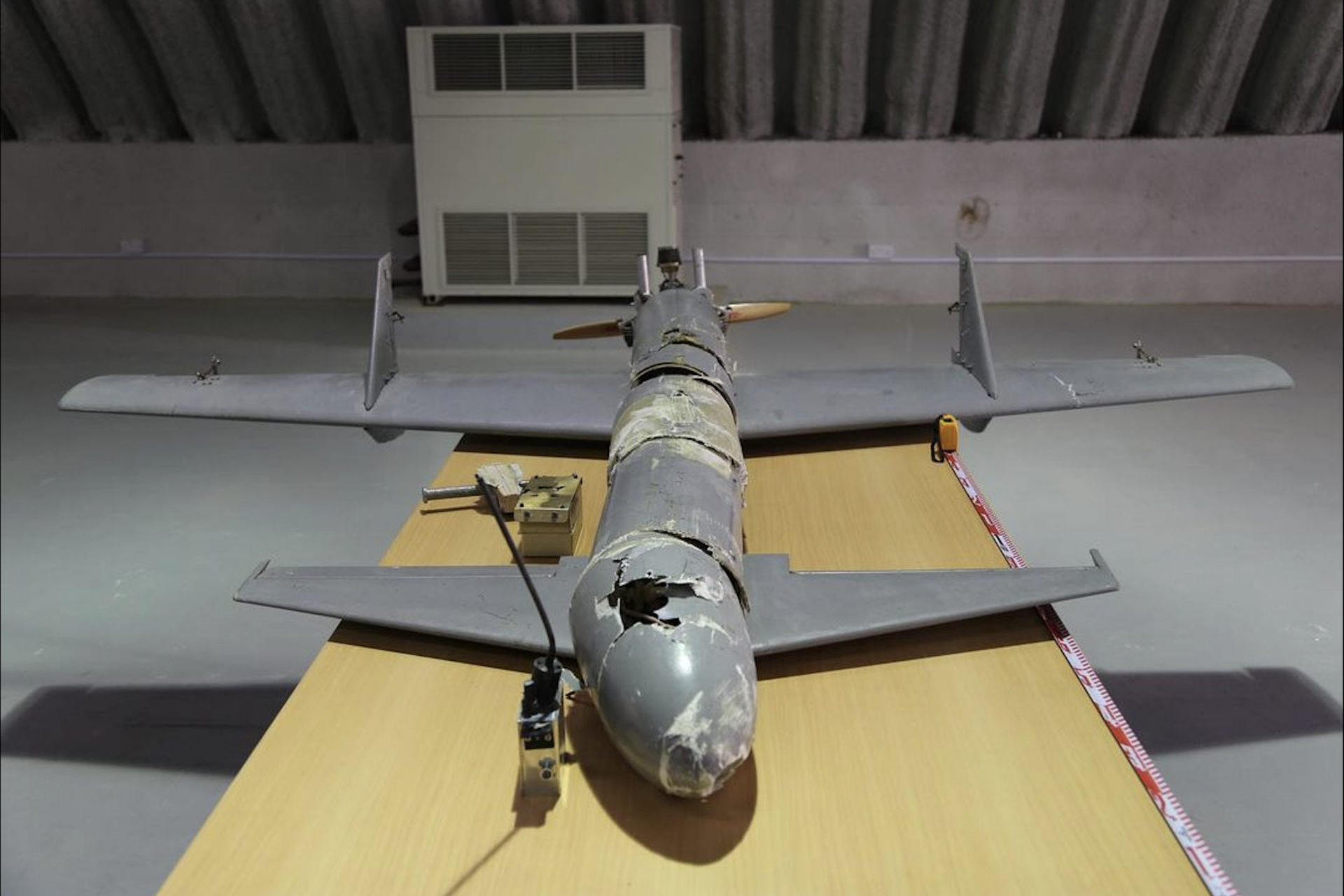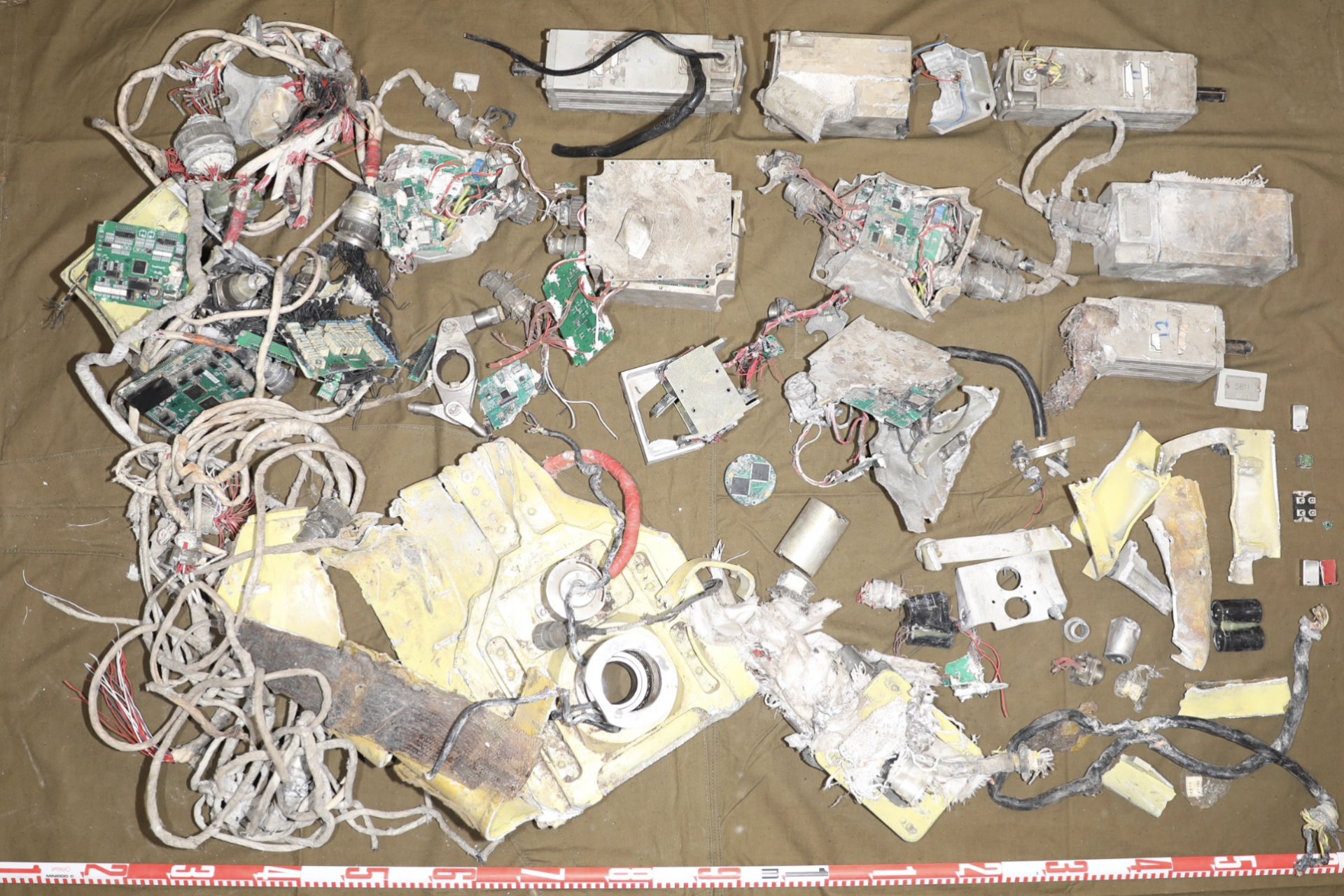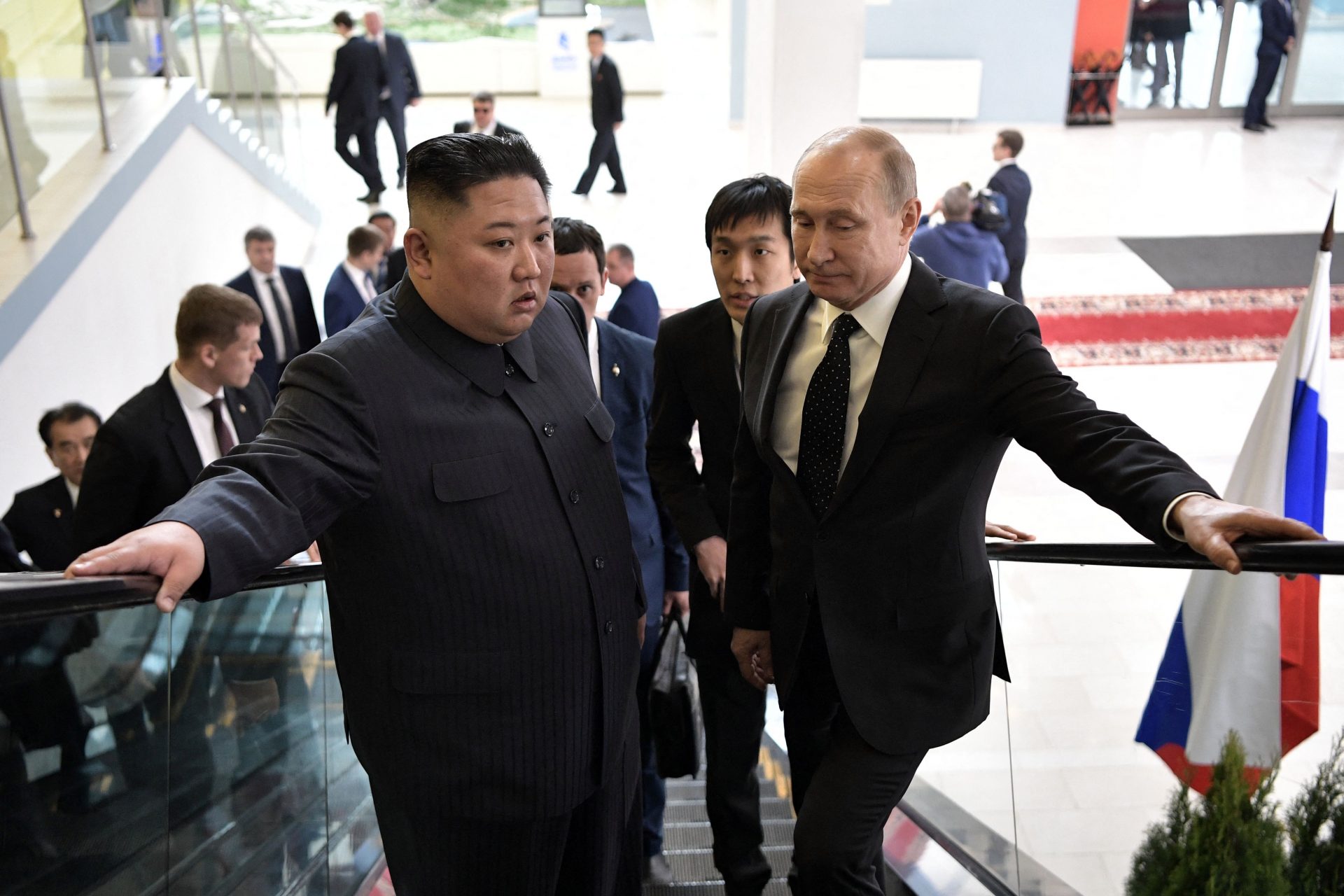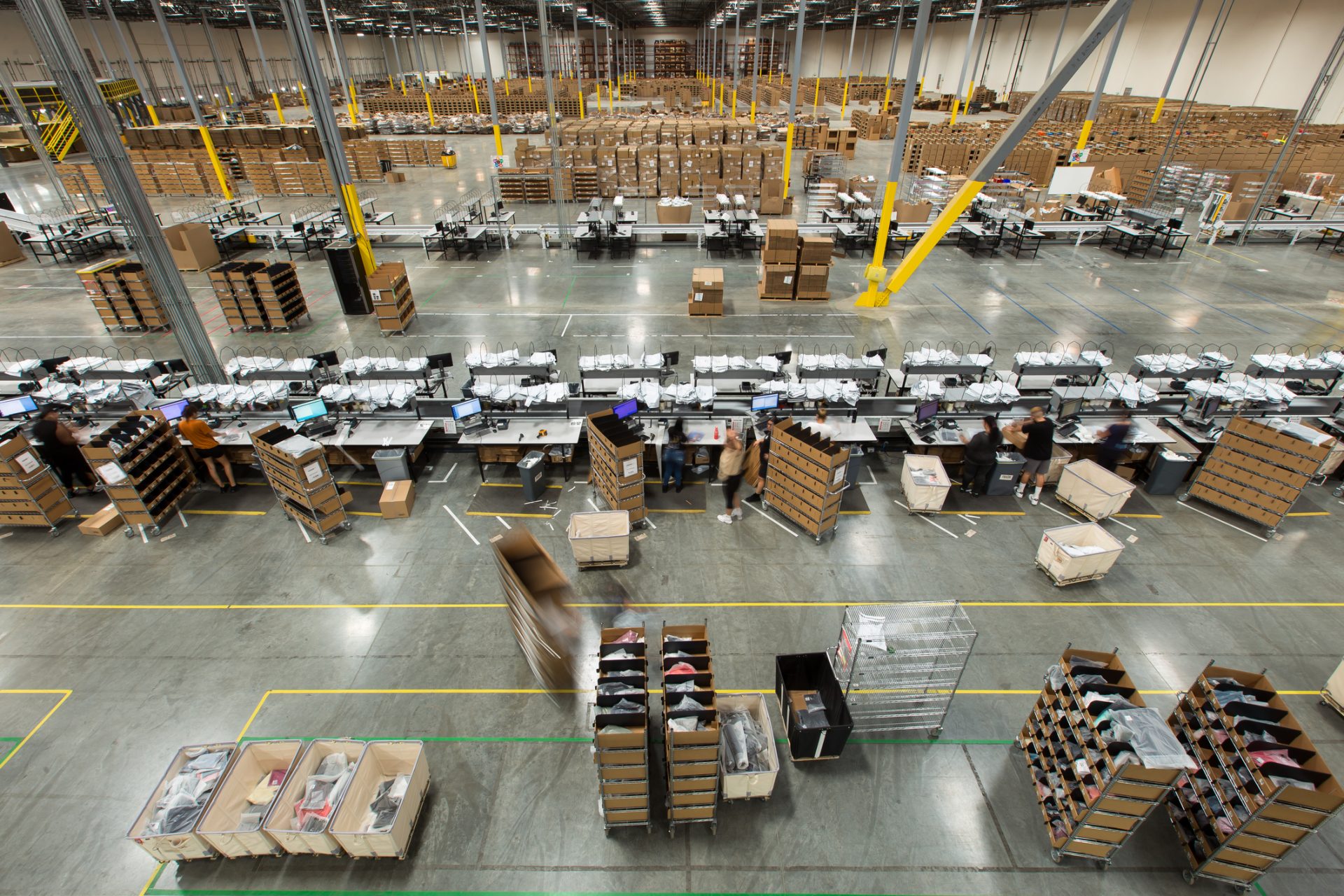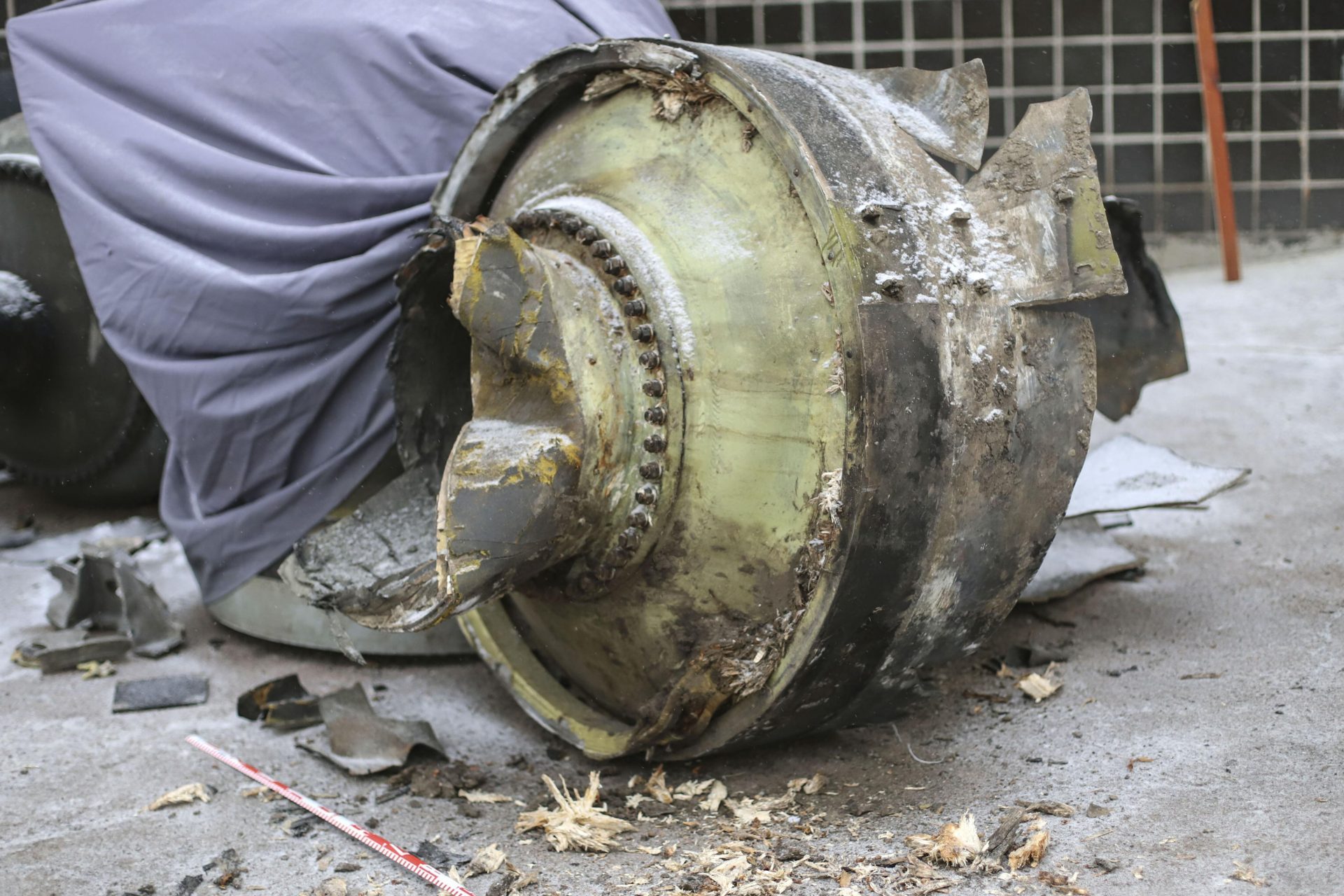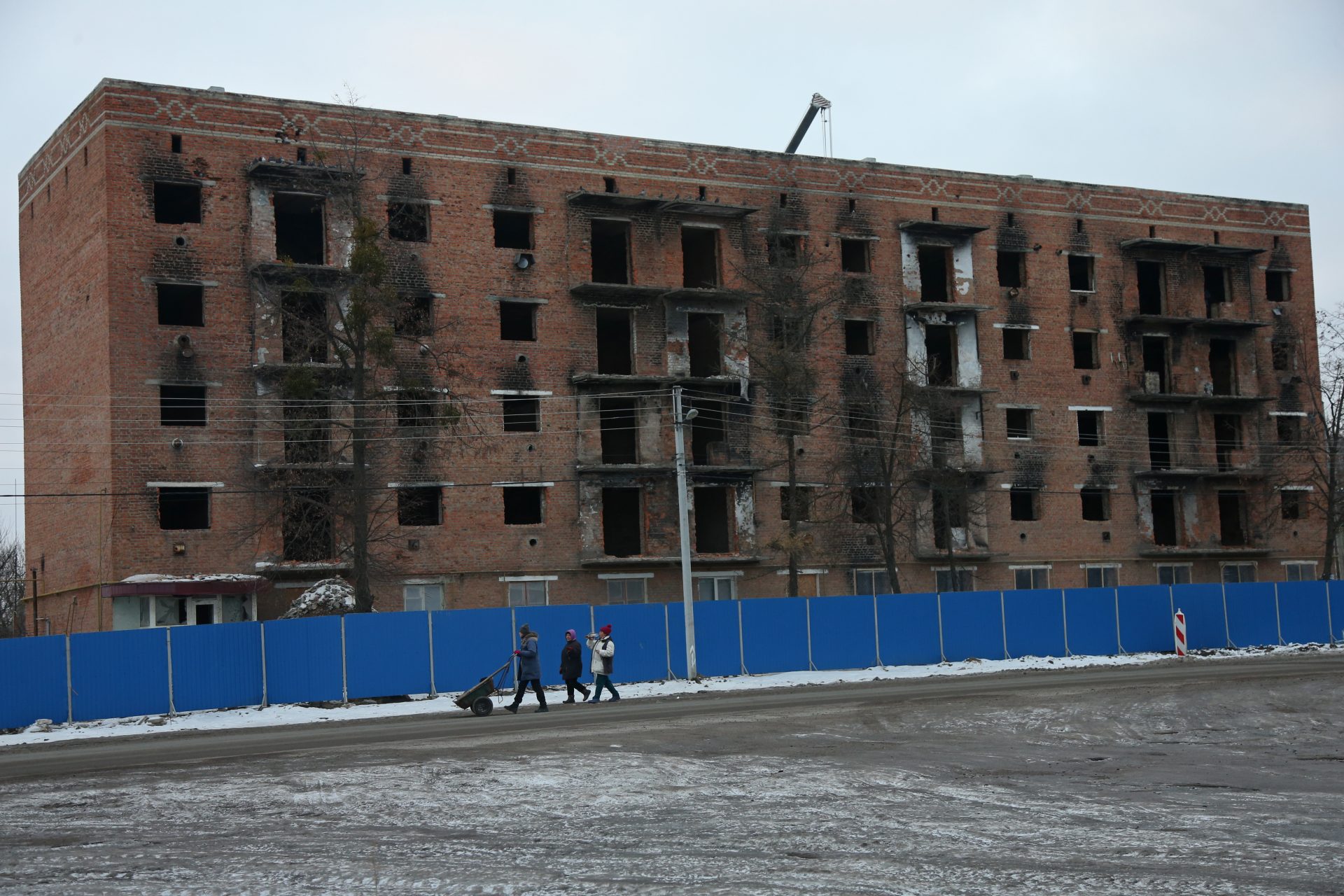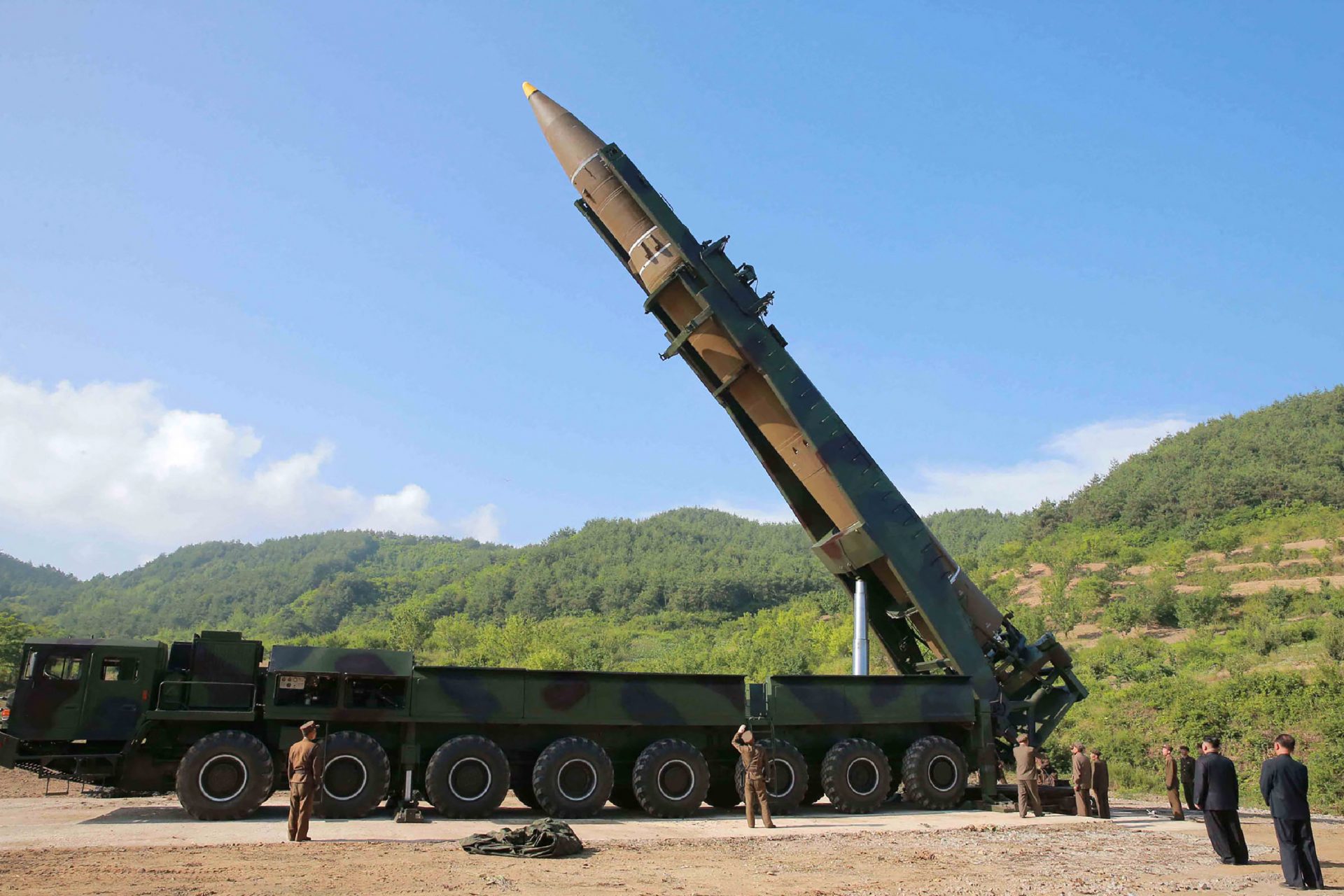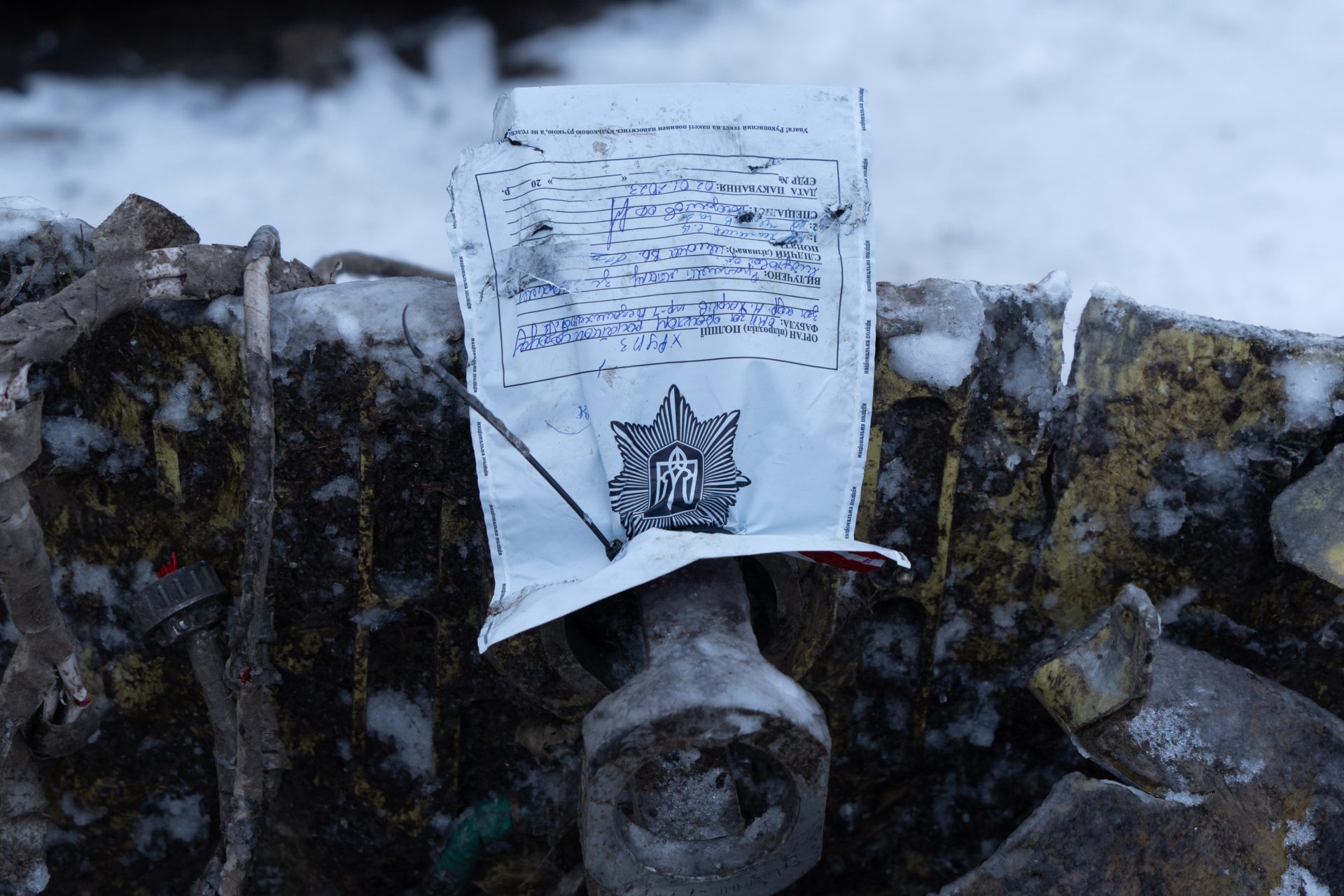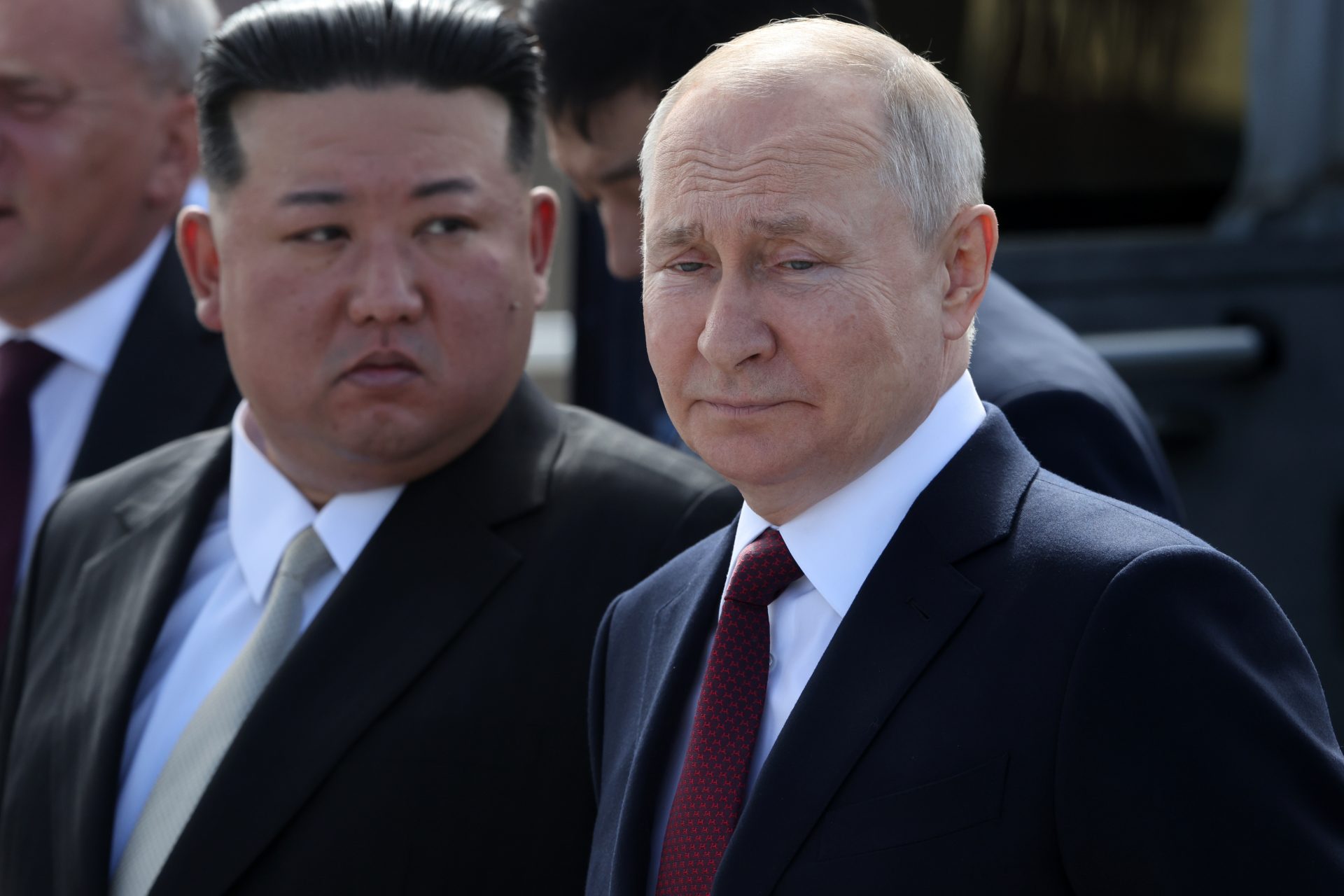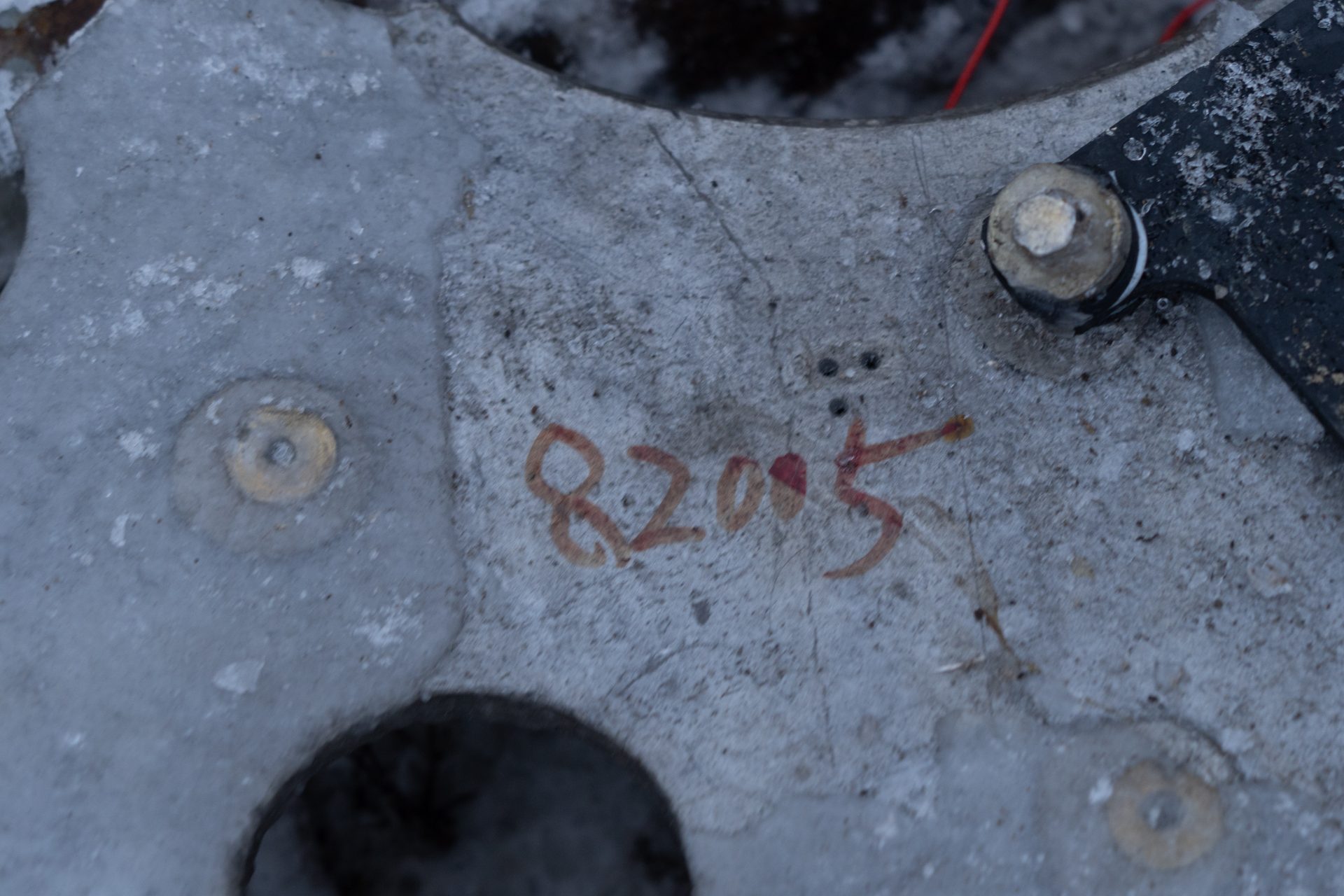North Korean missiles used by Russia were filled with American parts
North Korean ballistic missiles that were launched against Ukraine by Russia in January and February were found to contain hundreds of components that could be traced back to the United States, Europe, and other countries around the world according to a report.
Conflict Armament Research is a global investigative group established in 2011 to work in active armed conflicts to document the weapons used and track their sources and supply chains according to the organization. The group issued a report on North Korean missile remnants recovered in Ukraine.
Photo Credit: Instagram @carinthefield
The main focus of Conflict Armament Research (CAR) is to better understand the illegal weapons trade in order to mitigate the flow of “conventional arms to unauthorized users” and this was why the group studied the missiles in Ukraine.
Photo Credit: Instagram @carinthefield
Remnants from Russian stocks of North Korean ballistic missiles recovered from attacks on Kharkiv revealed that the weapons included 290 non-domestic parts, many of which were from brandname companies in the United States.
Photo Credit: Conflict Armament Research
Even more concerning than the revelation of Western components in the remnants of Moscow’s North Korean missiles was the finding that most of what was recovered had been manufactured within the previous three years.
The ballistic missile remnants recovered were likely from a KN-23 or KN-24 according to the CAR report and the 290 components identified were made up of 50 unique models. Identifying marks revealed the origins of some components.
Parts came from twenty-six companies headquartered in eight countries, which included China, Germany, Japan, the Netherlands, Singapore, Switzerland, Taiwan, and the US. Seventy-five percent of the components came from the US.
Sixteen percent of the components were linked to companies in the European Union while nine percent were linked to companies incorporated in Asia. Seventy-five percent of the identifiable date codes showed they were produced between 2021 and 2023.
“Based on those production dates, CAR concludes that the missile recovered in Kharkiv could not have been assembled before March 2023,” the report CAR noted, adding that the findings revealed three important facts about North Korean arms.
First, it showed that North Korea has been able to manufacture advanced weapons and integrate modern components into those weapons as recently as 2023 despite many long-standing United Nations Security Council sanctions.
Second, CAR reported that despite the sanctions on North Korea, the country has been able to transfer its domestically produced weapons to the Russian Federation following the full-scale invasion of Ukraine in 2023.
Third, the discovery of sanctioned components in North Korean weapons suggests that the country has developed a “robust acquisition network capable of circumventing, without detection, sanction regimes that have been in place for nearly two decades.”
"That North Korea can get these is not surprising at all,” Martyn Williams of 38 North, a Washington-based North Korea project, told Reuters. “I don't think anyone imagined the sanctions regime would be able to stop the flow of common components.”
"There are however much more specialized components in missiles and some of those are not a click away on the internet… so the presence of more specialized components would be more worrying,” Williams added.
CAR did not name the specific companies whose components were found in the North Kroen ballistic missile used against Ukraine by Russia, but the organization did report that it would send trace requests to each company.
This isn’t the first time CAR has reported on sanctioned components found in weapons used by Russia to attack Ukraine. In November 2022, CAR found that 82% of the parts in Iranian-made drones were produced in the US.
CAR documented more than five hundred components that spanned over two hundred unique models of four different drones that were identified as products made by companies in Asia, Europe, and the United States.
“More than 70 manufacturers based in 13 different countries and territories produced these components, with 82 percent of them manufactured by companies based in the United States,” the CAR report added.
More for you
Top Stories



